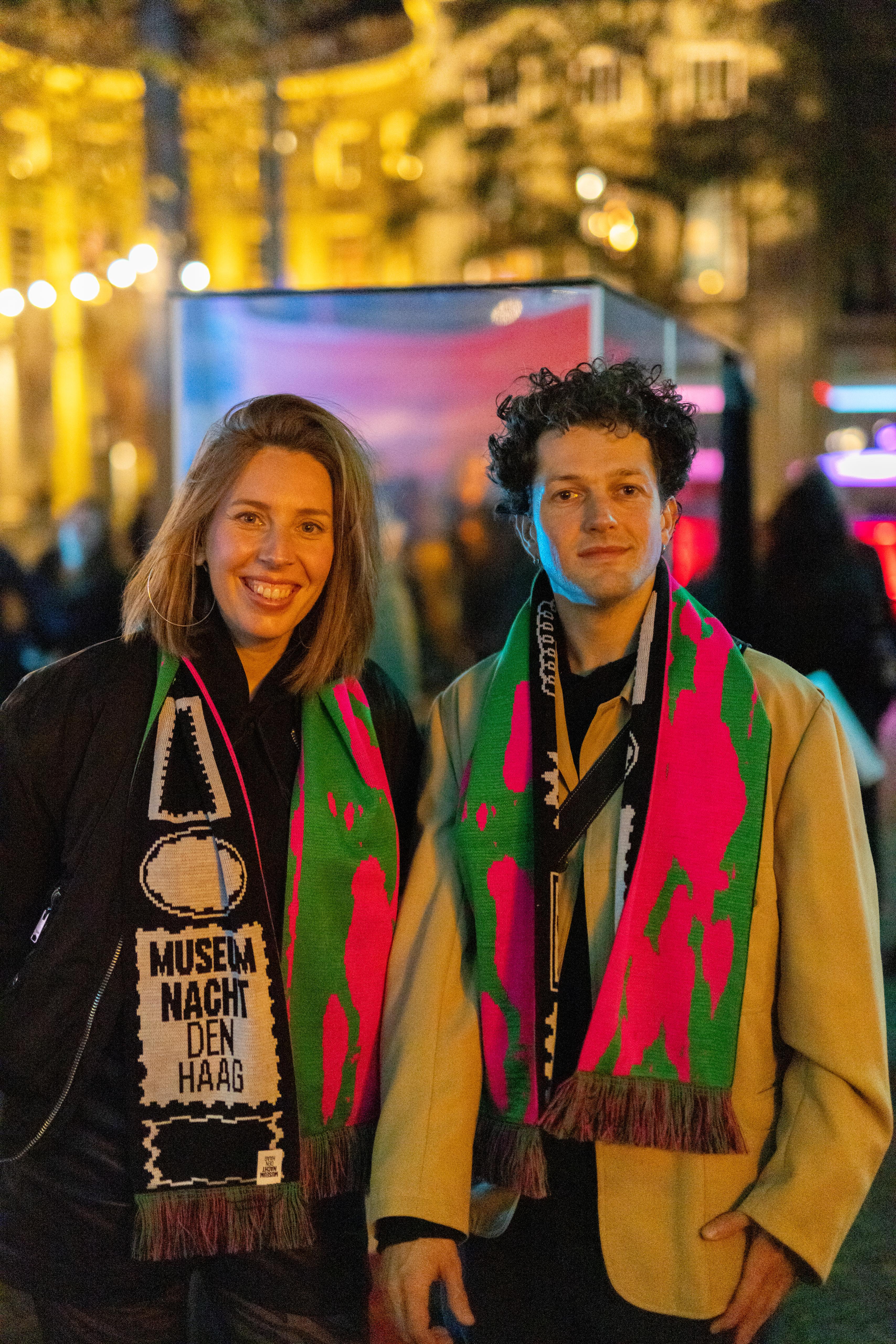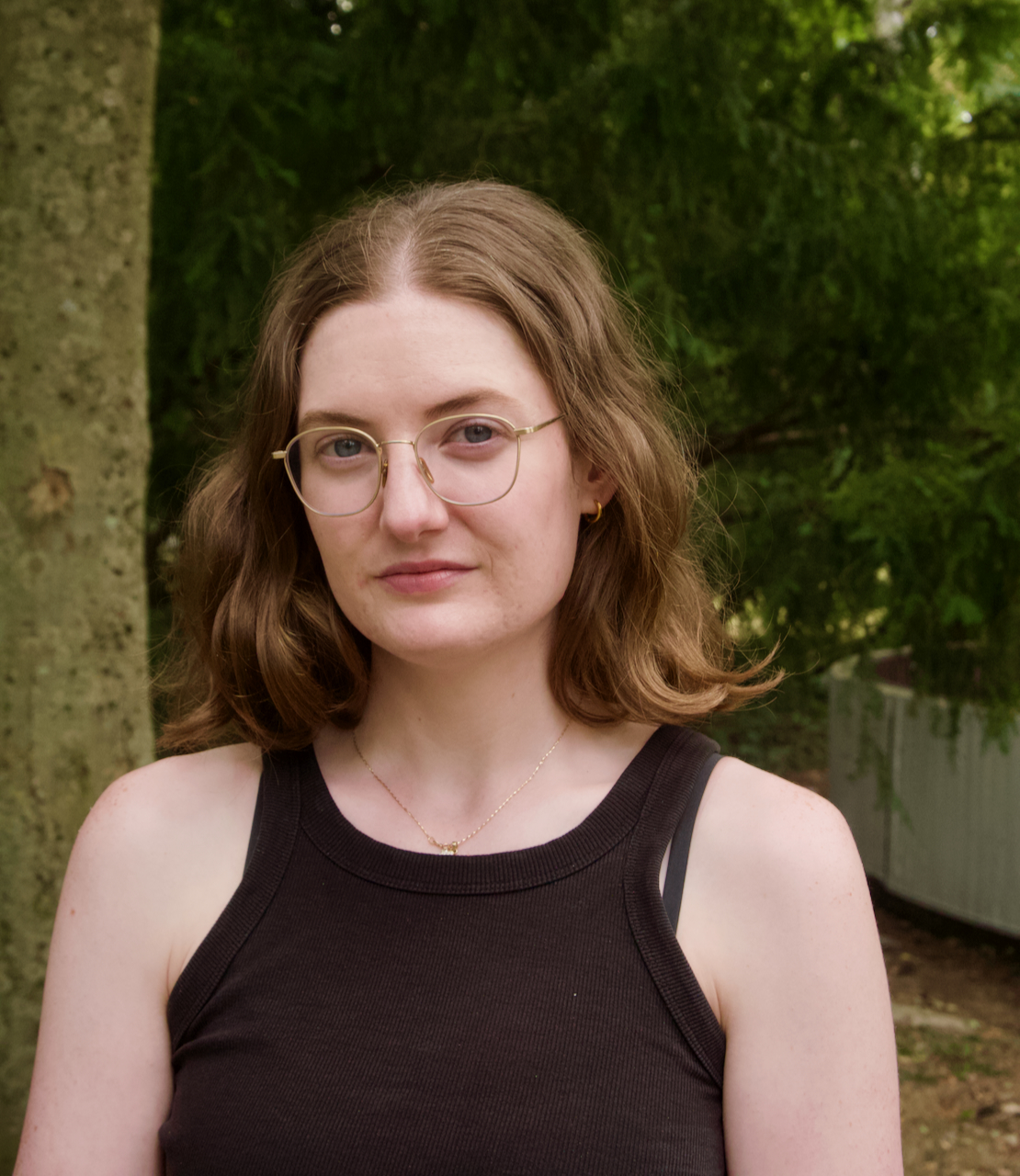RASL website Content Editor, Amy Pickles, talks to RASL Double Degree student Gabija Bubnyte (Graphic Design at WdKA + International Relations at Erasmus University College) about her Autonomous Visual Reflection of RASL, created for the launch of the RASL Publications online platform and book. Gabija discusses how her approach to making and researching has developed during her studies, and the strengths and difficulties she faces in learning an interdisciplinary practice.
Amy Pickles: Going over your autonomous visual reflection for the RASL Publication, I feel motion in your work in the way I trace paths on the page with my eyes. Your design presents different directions for my reading on each page, and in some cases, the reader is able to come up with their own choice of reading, like when I can put these words together in different formats –
- Sometimes am I between connection arts a find struggling with
- Sometimes I am between finding a struggling connection with arts and science.
-are you constantly shuffling these words around in your education?
Gabija Bubnytė: I do believe there is quite a lot of shuffling around when doing such an education. Being the first cohort ever, everything is slightly unsure but that is also the beauty of it — we are able to make connections of our own. Some days I feel like the connection is clear and I know exactly where I am going but lately, I have been having doubts — good doubts! It gives me the opportunity to reflect on what I’ve done so far and what connections between art and science make sense to me.
There is quite a lot of shuffling around when doing such an education.
AP: If these questions are things to keep returning to, what different directions have you been able to take between art and science on the double degree so far?
GB: In the beginning, I saw the link very literally — research must be scientific and then translated in the most obvious way possible. This, of course, came with a few problems. There always seemed to be a disconnect between the aesthetics and the message. It felt like my work was never complete. I did this great study about gentrification for an academy course which employed creative research but scientific methods. Though this is something I am proud of, the whole design/aesthetics aspect is barely there! It’s something I am striving to change.
Lately, I have been trying to redefine research to fit my own fascinations and use my knowledge in a different way. I am passionate about feminism and art activism. This is the basis I want to use to further explore as a designer.
AP: Why is science out there alone on the page, and straight lines travel to it while there are curves for the side?
GB: It was a way for me to show the true disconnect I sometimes feel between art and science. The break in the page is also the break in my head! Whereas for the straight line, I guess it’s a representation of science being more straightforward and to the point, but I have not actively thought about it!
AP: Staying on this struggling connection, I am thinking about your event The Art of Seeing, that you made in collaboration with your RASL peers. Could you talk a little about the process of orchestrating this afternoon, and how / if learning with science students alongside arts and culture students changed the discussion?

HOW DO WE OBSERVE AND INTERPRET THE THINGS WE SEE?
How does our education shape us into being specific observers? During this event, the students of WdKA and Erasmus Medical Center (EMC) have shared their artistic or clinical expertise and have learned from each other’s way of observing.
For both physicians and creatives viewing is an essential element of their daily practice. When a doctor sees a patient a lot of his or her diagnosis is based on the observation of subtle signals and body language. In the practice of an artist or designer, viewing is essential in translating the world around them into objects of art or design.
Design by Lotte Gerick, Gabija Bubnytė en Eveline van der Duim.
GB: Yes, together with Eveline van der Duim, Lotte Gerrick and a couple of Medicine students from EMC, I organised an event that brought medicine and art students together to observe art and share their different perspectives. Prior to the event itself, the collaboration between us, Double Degree, and EMC students proved to be very insightful as we shared a different understanding of what should be shown and discussed. Of course, this was also influenced by the fact that Eveline, Lotte and I are all design students and thus had more of a design perspective than the rest of the team. As for the evening itself, I believe that the main conclusion was that we are not so different after all — all the people present had a fairly thorough understanding of art. Some interesting questions have been brought up when we were looking at more scientific art; that is when the differences between us made an appearance and we could really learn something new. Either way, it was still very valuable as it allowed for networking and possible collaboration between people who usually do not get an opportunity to meet!
AP: In your design, the process of creating & thinking is layered up and separated in text and image. You play with clarity and obscurity, are these words that could be used to describe times in your personal creative process?
GB: I think this could possibly be everyone’s creative process! But I can definitely relate myself. I think I usually start with a very clear idea and head but somewhere along the way everything gets all tangled up and I cannot see where I come from nor where I am going. In these times it is best to stop, sit down and reflect on everything done so far. When all the arising questions have an answer and when more questions can be asked in order for them to be answered through creation, then the path seems visible again. This is still something I am learning to do properly, right now there is still quite a lot of frustration involved.
AP: How do you begin your designs and bring your research into making?
GB: I have seen that my designs and projects are most interesting when they start from a fascination or belief of mine. This is usually a subject I have done a lot of research on and want to communicate to the world. Then, during the designing process itself, the research does not stop as I like my concepts to be very thorough and to have a reason for every single part of my design.
My designs and projects are most interesting when they start from a fascination or belief
AP: Could you talk a little more about your distinction between Head and Hand.
GB: I chose head and hand because typically you could see them as representations of science (using your head) and art (using your hands). I liked these two words as they have the same amount of letters and share the first and last letter. Because of their similarity, the two get all tangled up — showing that separating science and art as well as the process of doing science and creating art is not so straightforward. You could see them as either coming together or falling apart — whatever seems applicable to your own experience with these worlds.
AP: In your final work, meaningful becomes useless. I read this is a tease towards the terms we tend to apply to disciplines, art has the right to be useless while science holds meaning. Do you try to challenge these binaries in your work do you hope to do so in the future?
GB: I think by simply choosing to do the double degree I am already challenging these binaries. It is not something I do explicitly in my work but the fact I get to combine these two worlds already show the value of having and utilising both. Without design (and art), there would be no way to communicate science to the world (or at least in a way that is accessible to all).
AP: As you are now working on an internship alongside your studies, are you enjoying this aspect of the Double Degree? Does it help to give ideas as to how and what we can do in the struggle between art and science?
GB: I love my internship! It has given me the freedom to do what I like, inspired me for various projects while helping me answer some questions I have about the field of design. The studio I am at does a lot of research which is the foundation of their projects. Seeing this allows me to see all the possibilities there are in combining these two fields.
Image Credits: Gabija Bubnyte. Portrait by Jasmijn van der Linden.



